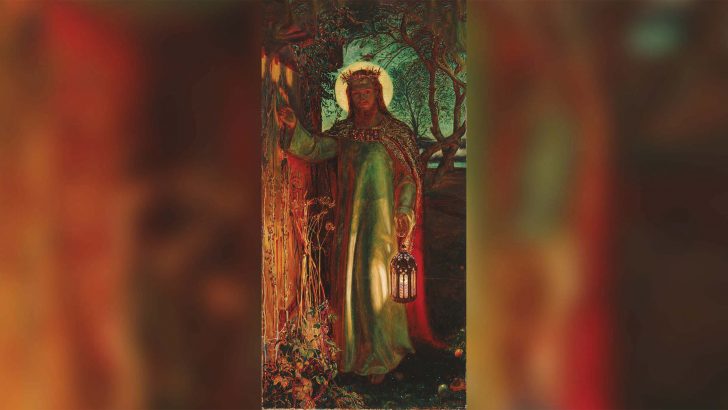Members of the British royal family are not supposed to get involved in anything political or controversial: but Kate, Duchess of Cambridge, has pointedly supported current campaigns protesting about violence against women.
She sent flowers, and tweeted about the horrific murder of the primary schoolteacher, Sabina Nessa, and attended a huge protest about the killing of Sarah Everard – both young women met their deaths, almost randomly, on London streets.
Praised
Kate has been praised, not reprimanded, for her gestures – because public feeling in Britain is running so high about women’s safety and misogynistic violence. There’s a heated debate on whether women themselves need to be prudent about going out alone: or whether that is ‘blaming the victim’ – rather than the perpetrators of violence and homicide.
The issue has cast my mind back to how safe society seemed in my own youth. In my teenage years, I wandered all over Dublin, at all hours of day and night, without any thought that I might be attacked or menaced. Aged 16, in 1960, I haunted the Dublin quays, where second-hand bookshops were located, as well as the Astor cinema, which showed arty continental movies. A fan of Seán O’Casey, I roamed all over inner city Dublin whose Georgian tenements I thought so beguiling. I have no recollection of being threatened, assaulted or even aware of the dangers of violence.
Warned
I never heard the word ‘rape’, until I went to France at 18, when I was repeatedly warned about rape: I had to consult a dictionary to translate the word violée.
Perhaps I had led a very sheltered life. Perhaps I was just fortunate – human nature doesn’t change, and bad things have always happened. Perhaps a constellation of circumstances have contributed to women’s fears today. But I was indeed lucky to have the teenage freedom I did have in a time when street crime was the last thing on our minds.
***
The retirement of Angela Merkel from the European political stage may have implications for Irish military neutrality.
France’s Emmanuel Macron is now likely to become the dominant EU political personality – and Mr Macron is very keen to press ahead with developing an active European defence force. He is strongly supported by EU Commission chief Ursula von der Leyen. As America retreats, he has also had Joe Biden’s blessing.
Would Ireland continue to remain militarily aloof, behind a wall of neutrality, if a proactive EU army were to materialise? It’s worth a conversation.
Ireland’s neutrality was established during the Second World War, when it was fully democratically supported. But, politically, this neutrality was a statement of independence from Britain.
As Britain is no longer in the EU, this condition has disappeared.
I’m fairly certain that the late James Dillon TD, for a time leader of Fine Gael, would urge Ireland to be ready to bear arms alongside EU member states. During the neutrality debates of 1939-40, Mr Dillon pleaded ardently for Ireland to defend Europe’s Christian civilisaton.
God in art
The Light of the World by Holman Hunt is one of the most renowned – and has been one of the most influential – religious paintings of the last couple of centuries. It shows Our Lord in a dark wood, knocking on a door covered in plants and weeds.
The door has no outside handle, so it can only be opened from the inside – Christ has to be invited within. It is symbolically saying that we have to choose to open our hearts.
Holman Hunt, who was part of the Pre-Raphaelite brotherhood of Christian painters, painted three versions of the picture in the 1850s, one of which hangs in London’s St Paul’s.
His apprentice, Edward Robert Hughes, also did a version of The Light of the World in water-colours, and it was going on sale at Christie’s Auction House this week. It was expected to fetch up to £100,000 sterling.
This holy picture has a compelling quality: Holman Hunt felt the inspiration for it as a divine calling. He did many other paintings with a religious theme: The Awakening Conscience is another very striking work, showing a young woman suddenly aware that she may be getting into the coils of a heedless seducer.
The pre-Raphaelite circle included the painter and poet Dante Gabriel Rossetti and his sister Christina Rossetti, who wrote the carol “In the Bleak Midwinter”, and several other lovely verse compositions, almost all with a spiritual theme.


 Mary Kenny
Mary Kenny The version of The Light of the World by Holman Hunt on display in Manchester.
The version of The Light of the World by Holman Hunt on display in Manchester. 